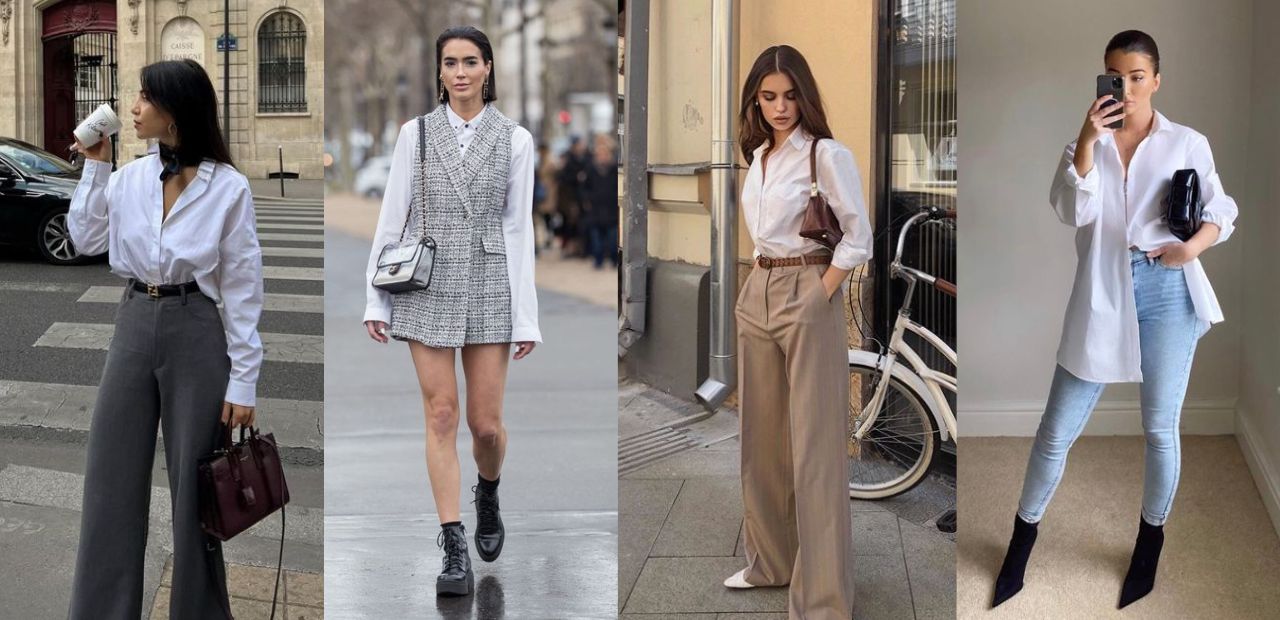
In recent years, the fashion industry has undergone a profound transformation driven by a growing awareness of environmental issues and consumer demand for sustainability. This shift towards sustainable fashion represents a significant departure from the traditional model of fast fashion, which emphasized rapid production cycles and often disregarded environmental and social impacts. Understanding Sustainable Fashion...

SatynMag empowers women with inspiring stories, expert advice, and uplifting content to fuel their strength and dreams
Welcome to Satynmag S Suite, online knowledge platform for career and personal growth. This is where you can empower yourself with cutting edge knowledge, latest know-how and grow.


